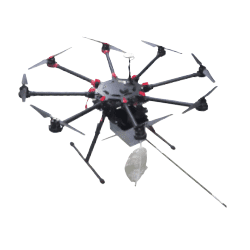Search WikiOdour by Keyword
EN13725
Overview
European Dynamic olfactometry is described in detail by the standard EN 13725. This standard was last released in 2003 and is currently under review for revision. As of 2020, an updated version is still waiting to be finalized in the UK. Key elements of this standard are the focus on quality criteria for precision and repeatability. The EN13725 tries to link these values to standard values of n-butanol in nitrogen. It is assumed in this standard that whenever a laboratory complies with the overall sensory quality criteria for n-butanol, the quality level is transferable to other, environmental, odours.
The Standard describes the different test modes such as Triangular Forced Choice, Binary Forced Choice, and Yes/No method for determining the true odour concentration of a sample bag.
Testing Requirements
Many aspects of testing are defined including:
- Number of panellists (min. 4)
- Acceptance criteria of each panellist
- Airflow (20 litres per minute) design of the olfactometer, presentation airspeed, minimum dilution, maximum dilution, and maximum step size
- Calculation of individual detection thresholds and overall detection threshold
- Design of the testing room including temperature and humidity
- materials used in the olfactometer
One of the main objectives of the EN13725 standard is inter-laboratory testing and panellist screening.
While the EN13725 does cover sampling, it is generally accepted that sampling techniques require much greater attention in the next revision of the standard. The standard does provide guidance on the type of sample bags (nalophan, Tedlar, PTFE, etc) and on the dilution devices required (stack diluting sampler, flux chamber, static hood, etc).


